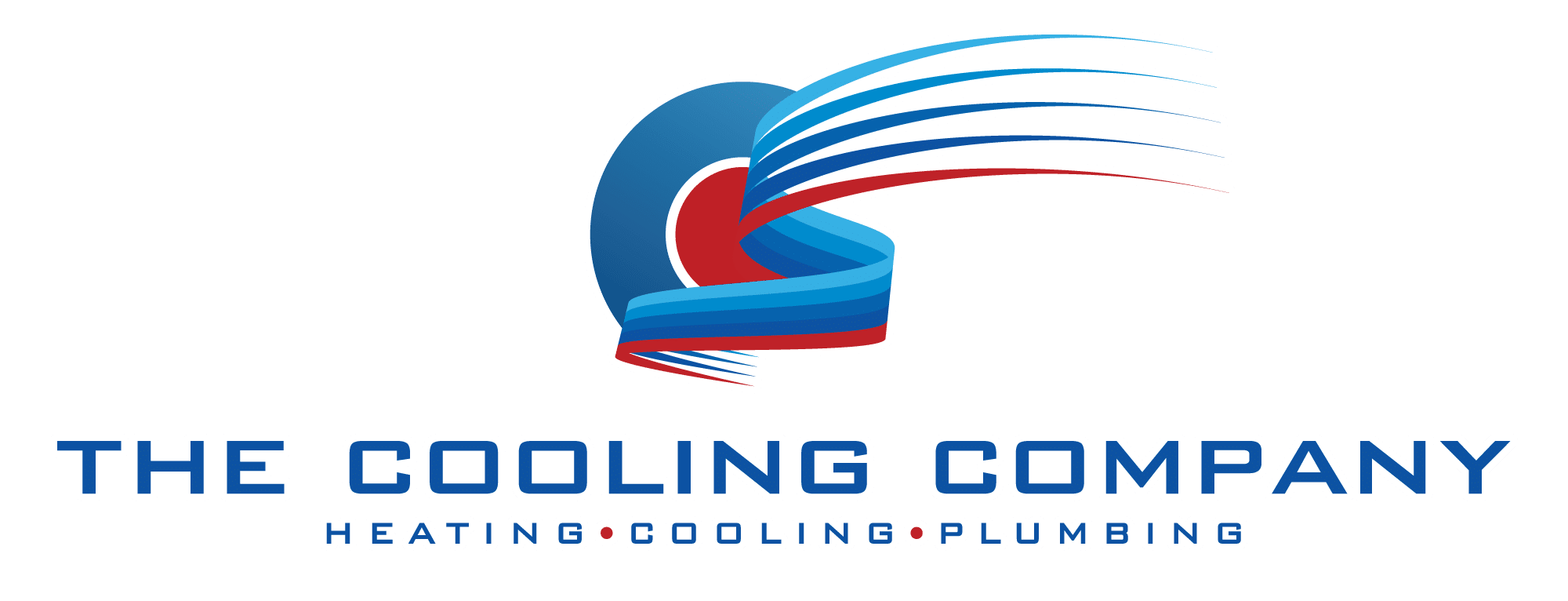HVAC installation transforms your home into a haven of comfort, reliable performance, and energy savings. Whether you’re building new or retrofitting an older property, understanding the full installation process—step‑by‑step costs, permits, sizing, and long‑term maintenance—will save you time and money. This comprehensive guide walks through every critical factor—from budgeting and equipment selection to specialized installs in vintage homes—and links to in‑depth resources on each subtopic. With this roadmap in hand, you’ll be equipped for a flawless installation and years of worry‑free cooling.
Understanding Installation Costs
Budgeting accurately is the first step in any HVAC project. Installed cost isn’t just the sticker price of a system; it includes labor, permits, ductwork, electrical upgrades, and finish repairs. Real‑world projects often uncover surprises, like hidden framing or unexpected structural supports, which can inflate budgets if not anticipated. By mapping out each cost category and building in a contingency buffer, you’ll keep your project on track and avoid last‑minute funding gaps.
Equipment & Labor Breakdown
High‑efficiency split systems in Las Vegas average $2,500–$5,000 for a mid‑SEER (14–16) three‑ton unit. A SEER 18–20 model adds $500–$1,500 but often qualifies for rebates. Air handlers, line sets, and smart thermostats add $300–$1,200. Labor generally runs $100/hour, with full installs taking 40–60 hours. That means $4,000–$6,000 in labor alone. Remember, labor rates can fluctuate seasonally, so scheduling during shoulder seasons may lower your hourly costs by 10–20 percent.
Ductwork and Finish Repairs
Installing or replacing ducts costs $35–$55 per linear foot. An older home may need 30–90 feet of new runs, totaling $6,000–$12,000. Add $1,000–$3,000 for restoring plaster walls or moldings disturbed during duct chase creation. Finish repairs often take as long as the ductwork itself because matching historic plaster and trim demands specialized craftsmen who charge premium rates. Factoring these restoration costs upfront protects both your budget and your home’s character.
Permits, Testing & Electrical
Permit fees, inspections, and duct‑leakage testing add $500–$1,500. If your panel requires an upgrade to handle modern AC loads, expect another $500–$1,200 from a licensed electrician. Overlooking permit and inspection costs can lead to delays, fines, or even forced dismantling if work isn’t approved. Investing in proper testing and code compliance ensures safety, preserves warranty coverage, and maintains your property value.
Want a real-world cost breakdown for HVAC installations in Las Vegas? Check out our detailed HVAC Cost Guide — it covers equipment prices, labor rates, permits, and hidden costs to help you plan with confidence.
Selecting the Right System Type
Choosing between split, packaged, ductless, or specialized systems depends on your home’s layout, aesthetic preferences, and cooling needs. Each option carries trade‑offs in terms of energy efficiency, installation complexity, and long‑term maintenance. By matching system type to your specific circumstances, you maximize performance, minimize disruption, and protect your home’s architectural integrity.
Split vs. Packaged Systems
Split systems position the compressor outdoors and the evaporator coil indoors, connected by refrigerant lines. They offer higher SEER ratings and flexible zoning. Packaged units house all components in one outdoor box—ideal when indoor space is limited. Split installs involve two service points but can reduce indoor noise levels, whereas packaged units keep noise entirely outside but may require a larger rooftop or side pad. The choice hinges on your available space, noise tolerance, and efficiency goals.
Still undecided between a rooftop package unit or a side‑yard split system? Compare installation, efficiency, cost, and aesthetics in our Packaged Unit vs. Split System guide.
Mini‑Splits & Ductless Options
Ductless mini‑splits provide targeted cooling without invasive ductwork. They’re perfect for additions or zones where running ducts is impractical. Installation costs $1,500–$3,500 per indoor head, plus outdoor condenser. These systems allow independent temperature control in multiple rooms, reducing wasted cooling in unoccupied spaces. While their upfront costs can be higher, energy savings and installation speed often justify the investment, especially in homes with minimal renovation budgets.
Rooftop & Commercial Units
For large or commercial spaces, rooftop packaged units deliver high capacity and keep mechanical noise outside. Pricing ranges from $5,000 to $15,000 installed, depending on tonnage and structural roof supports. These units simplify indoor layouts but demand careful structural assessment to ensure roof load limits aren’t exceeded. Maintenance accessibility and weatherproofing also factor heavily into the long‑term success of a rooftop installation.
Learn more about rooftop system pricing in our Rooftop Unit Price post
Getting Your Sizing Right
Proper sizing ensures comfort, efficiency, and equipment longevity. Oversized units short‑cycle, while undersized ones run continuously without reaching set temperatures. Even small deviations from ideal tonnage can translate into hundreds of dollars in wasted energy or premature equipment wear over the life of your system.
Manual J Load Calculations
A Manual J calculation factors in square footage, ceiling height, window count, insulation, and climate data to determine required cooling capacity. Although it adds a $200–$400 design fee, it prevents costly mistakes that can lead to uneven temperatures, humidity issues, and rapid component failure. Professional Manual J ensures your system’s capacity aligns with your home’s unique thermal characteristics.
For a clear guide on finding the perfect capacity, read our blog on what AC unit size is best for your home.
BTUs, Tons & Square Footage
AC capacity is measured in tons (1 ton = 12,000 BTU/hour). As a rule of thumb, a 1,500 sq ft home in Las Vegas needs roughly 3 tons, adjusted by design factors from Manual J. Factors like high ceilings, large window areas, or poor insulation can increase required tonnage. Always err on the side of precision to avoid the financial and comfort penalties of incorrect sizing.
SEER Ratings & Energy Savings
SEER (Seasonal Energy Efficiency Ratio) measures cooling output per watt-hour. In extreme climates, every SEER point matters: a SEER 16 system uses 15–20% less energy than SEER 14. Rebates for high‑SEER units can be substantial. Higher‑SEER systems often come with advanced features like variable‑speed compressors and multi‑stage cooling, further enhancing comfort and cost savings.
Learn how efficiency gains stack up—and which rebates apply—in our SEER Rating guide .
Maximizing System Longevity
An HVAC system properly installed and maintained can last 15–20 years. Key maintenance steps keep it running efficiently and extend its life, protecting your investment and ensuring consistent comfort.
Filter Changes & Indoor Air Quality
Replacing or cleaning filters every 1–3 months prevents dust buildup on coils and maintains airflow. Invest in MERV 8–13 filters for balanced efficiency and filtration. Improved indoor air quality also reduces strain on system components and can lower allergy symptoms for occupants. Neglecting filter changes can increase energy use by at least 5% and accelerate coil corrosion over time.
Annual Professional Tune‑Ups
Have a licensed technician inspect refrigerant levels, clean coils, lubricate motors, and test controls annually. Tune‑ups catch minor issues like refrigerant leaks before they become costly repairs. Regular maintenance also preserves warranty eligibility and maintains manufacturer performance guarantees. Well‑maintained systems outperform neglected ones by up to 30% in efficiency.
Duct Sealing and Insulation
Leaky ducts can lose up to 20% of conditioned air. Sealing joints with mastic or metal tape and insulating runs in attics or crawlspaces boosts system performance and lowers energy bills. Properly sealed ducts also improve humidity control and reduce strain on blowers, prolonging blower motor life.
Monitoring Utility Trends
Track monthly energy consumption for sudden spikes—often the first sign of system inefficiency or malfunction. Keeping an eye on bills helps you catch issues early, like a failing compressor or clogged coil. Early intervention safeguards both comfort and wallet.
For an overview of expected lifespan and major wear factors, see How Long Does an AC Unit Last? If you’re looking for practical, hands‑on maintenance tips to keep your air conditioner running longer, check out our HVAC tune-up checklist.
Upgrades, Retrofits & Special Scenarios
Whether adding to an existing HVAC or installing in a vintage home, specialized strategies can save money and preserve character. Tailoring your approach to unique circumstances ensures both performance and aesthetic harmony.
Phased Upgrades vs. Full Replacement
Swapping only the outdoor condenser and indoor coil can cost 40–60% less than a full replacement if ductwork remains in good shape. Phased upgrades allow you to spread costs over time and take advantage of rebates on new equipment. Choosing modular improvements lets you prioritize critical components first, such as high‑efficiency compressors, then add zoning or smart controls later.
Explore rebate and financing options in our Update HVAC System guide.
Retrofitting Older Homes
Historic houses lack duct chases and have fragile finishes. Retrofits require careful planning, close attention to plaster and moldings, and sometimes mini‑splits to minimize invasiveness. Maintaining structural integrity while creating efficient airflow pathways often involves custom soffits, closet installs, or floor‑mounted units. Each project demands a blend of mechanical expertise and finish‑repair craftsmanship.
Read detailed retrofit strategies in our Retrofit Air Conditioning guide.
Increasing Home Value
Homebuyers pay a premium for energy‑efficient HVAC. Documented maintenance records and modern systems can boost appraisal values significantly. Energy Star–rated systems and high‑SEER models often feature prominently in real estate listings. Properly presented, an updated HVAC can recoup 60–70% of its cost at resale.
Learn more in Does New HVAC Increase Home Value?
Choosing Your Contractor
Selecting the right installer is as critical as picking equipment. A poor install negates premium equipment benefits. Vetting professionals ensures your project stays on schedule, on budget, and code‑compliant.
Licensing, Insurance & References
Verify your contractor is licensed, bonded, and insured. Check at least three references and read online reviews for real‑world feedback. Confirm they carry environmental and pollutant‑remediation coverage if your retrofit involves asbestos or lead paint disturbance. A reputable company will welcome transparency and provide detailed credentials upon request.
Scope Clarification & Bids
Obtain written, itemized bids from multiple contractors. Confirm each covers equipment, labor, permits, testing, and finish repairs to avoid surprise change orders. Use a standardized bid template to compare apples‑to‑apples. Clarify payment schedules and holdback percentages for punch‑list completion to protect your interests.
Scheduling & Communication
Off‑peak installs in spring or fall offer better pricing and faster turnarounds. Clear communication ensures expectations align on start dates, progress updates, and final walkthroughs. Ask for a project timeline with milestone dates and point‑of‑contact details. Regular check‑ins keep the job on track and minimize disruptions to your daily routine.
Closing Recommendations
Retrofitting or installing HVAC in any home requires informed decisions at every step. From cost planning and equipment selection to precision sizing, efficiency optimization, and meticulous maintenance, each factor contributes to your system’s comfort, reliability, and value. Use the links above to dive deeper into any subtopic—whether you need a detailed cost breakdown, a sizing walkthrough, or historic home retrofit tactics.
Ready to get started? Contact our team to schedule a consultation or learn more about our AC installation services at The Cooling Company. Let us handle the heavy lifting so you can enjoy a perfectly cool home all year long.



